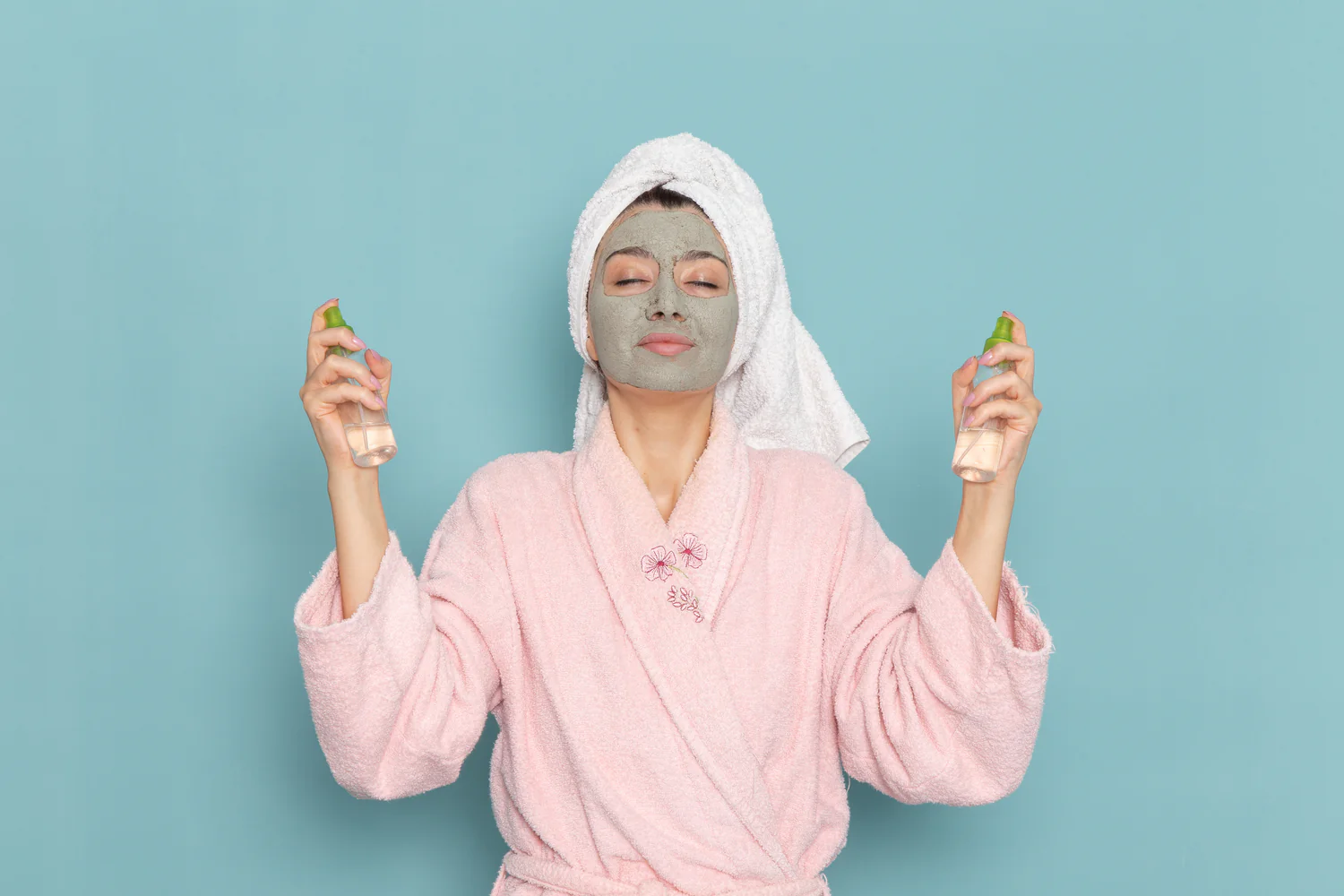
The skincare universe is huge, and two of the best known beauty trends come from Japan and Korea. Japanese and Korean skincare routine prioritize healthy, radiant skin, but each has a distinct philosophy and approach. If you’re in India and unsure of which skincare routine is right for you, this article will assist you.

Understanding the Differences: Japanese vs. Korean Skincare
1. Skincare Philosophy
Japanese Skincare focuses on minimalism, simplicity, and time-tested natural ingredients. The goal is to achieve long-term skin wellness with a small number of top-quality products.
Korean Skincare is a complex, multi-step Korean skin care routine, with hydration, innovation, and targeted treatments maximized to achieve dewy, glass-like complexion.
2. Key Ingredients
Japanese Skincare: Rice water, green tea, fermented products, seaweed, camellia oil, and hyaluronic acid.
Korean Skincare: Snail mucin, ginseng, rice extract, centella asiatica, propolis, and niacinamide.
3. Daily Routine
Japanese Routine: Usually 4–6 steps—cleansing oil, foaming cleanser, lotion (hydrating toner), essence/serum, moisturizer, and sunscreen.
Korean Routine: Between 10 steps—double cleansing, exfoliation (optional), toner, essence, serum, ampoule, sheet mask (optional), eye cream, moisturizer, and sunscreen.
Selecting the Proper Routine for Your Indian Skin Type
1. For Oily and Acne-Prone Skin
Korean skincare offers lightweight, gel-like formulas containing acne-fighting agents like centella asiatica and propolis.
Japanese skin care is all about gentle cleansing and balancing moisture with light lotions and oil-free moisturizers.
Best Choice: Korean skin care for localized treatment of acne, Japanese skin care for gentle, light treatment.
2. For Dry and Dehydrated Skin
Korean skin care provides deep hydration in layers of essence, serums, and sleeping masks.
Japanese skin care uses rich yet non-sticky emulsions and moisturizing gels.
Best Choice: Korean skin care for deep hydration, Japanese skin care for simple but efficient moisturizing.
3. For Sensitive Skin
Korean skincare contains soothing ingredients like mugwort and centella asiatica but too many steps that may confuse sensitive skin.
Japanese skincare is gentle and uses fewer products with simpler formulations.
Best Option: Japanese skincare for minimalism, Korean skincare if you prefer certain soothing treatments.
Suitability for Indian Climate
Japanese Skincare: Appropriate in humid climates due to its light yet potent hydration.
Korean Skincare: Gives excellent moisturization but may be too oily during very hot summers. Apply light products in summers.
Best Option: Japanese skincare for a fuss-free routine in hot and humid weather; Korean skincare for added moisture in dry or winter weather.
Availability & Price in India
South Korean brands like COSRX, Innisfree, and Laneige are readily available in India, but some high-end items can be expensive.
Japanese skin care products like Hada Labo, Shiseido, and DHC are not so easily available but offer good quality, long-lasting products.
Best Choice: In case budget and availability are a concern, Korean skin care is more readily available in India.
Both regimens have their merits. If you prefer a no-frills, low-maintenance, and tested-and-proven regimen, choose Japanese skincare routine. If you like layering products, experimenting with new ingredients, and achieving that glowing complexion, then Korean skincare is for you.
No matter which regimen you use, consistency and understanding your skin’s needs are the keys to achieving perfect, healthy skin!







